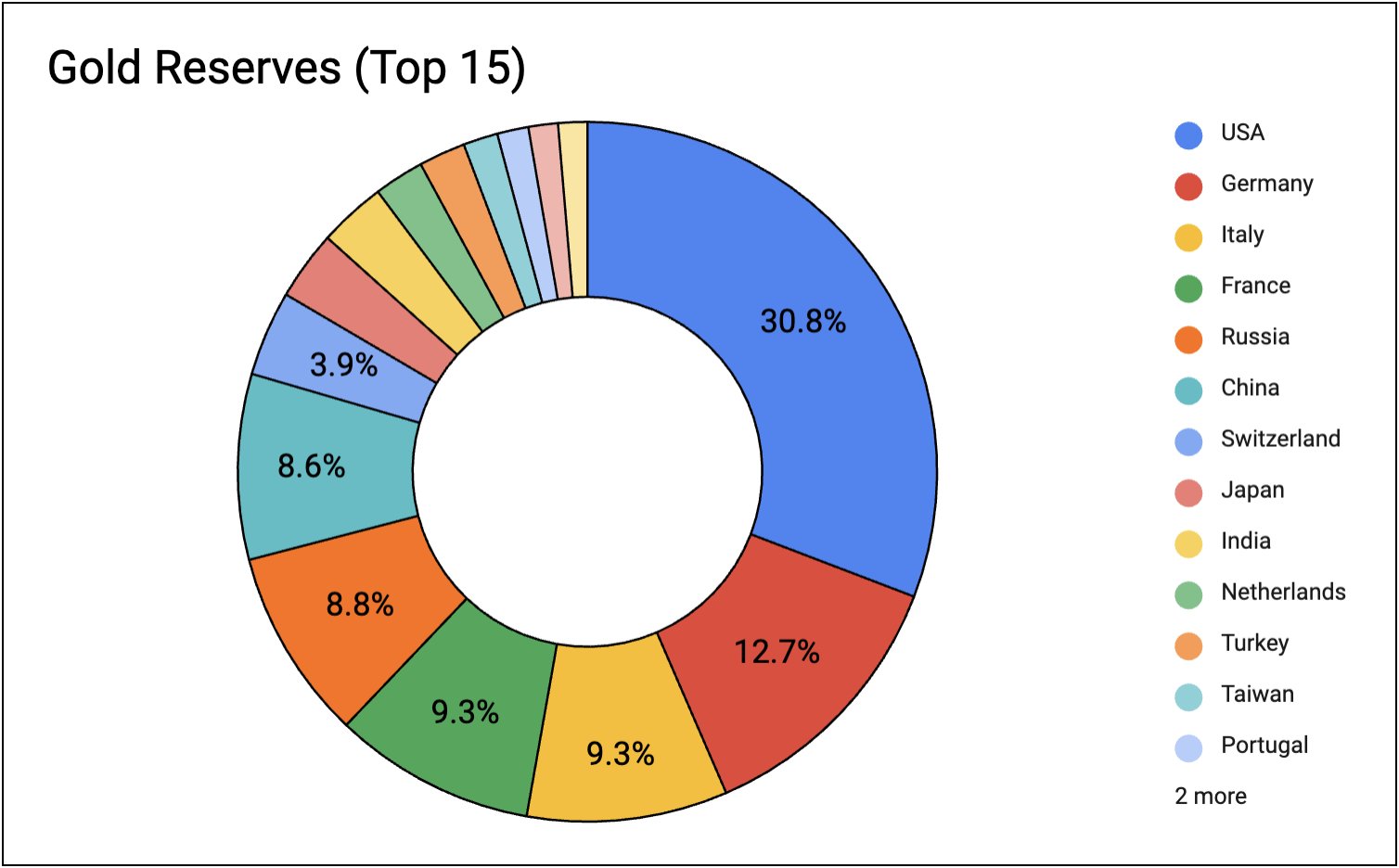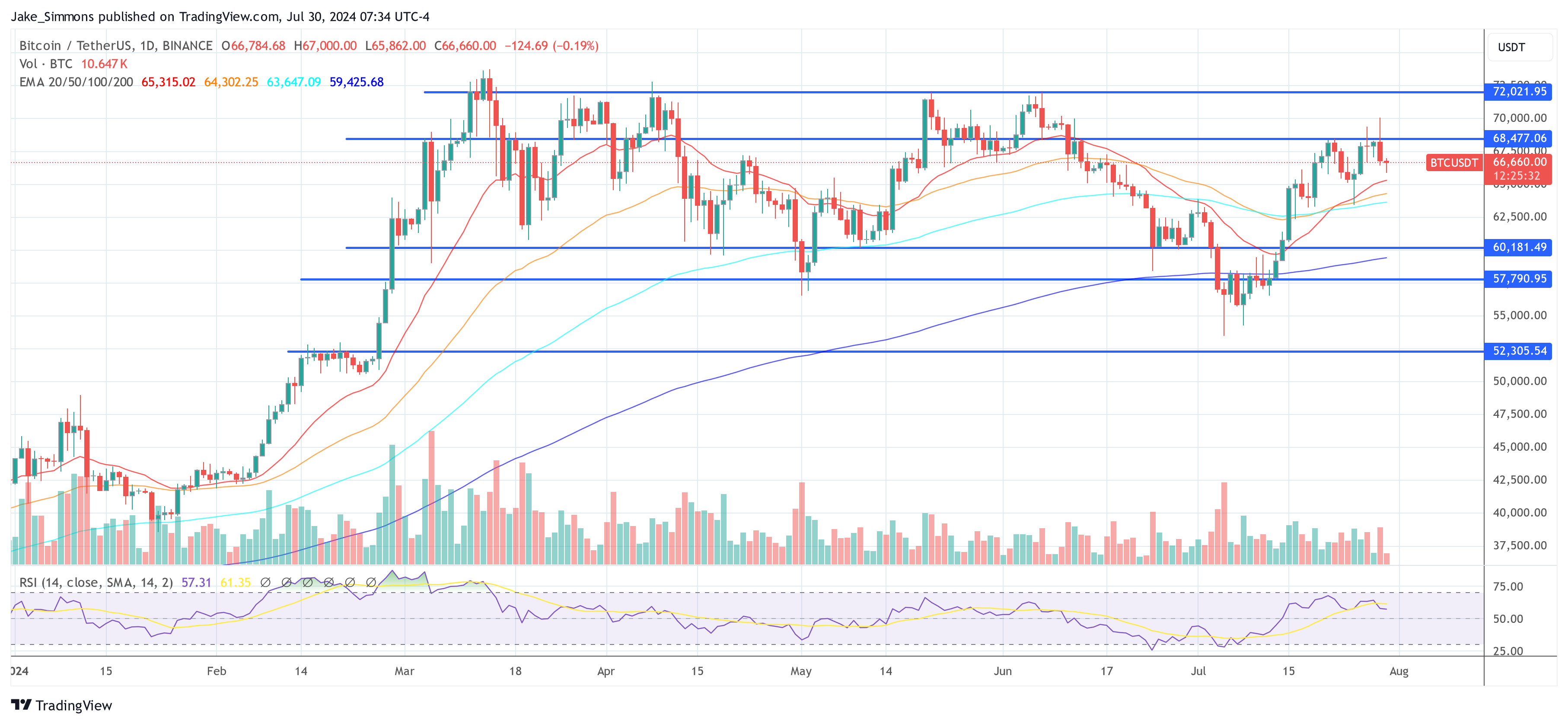In an analysis issued On Monday, ASXN, an emerging crypto research firm, outlines the dynamics of Bitcoin’s global adoption through the lens of game theory. The report titled “The Game Theory of Bitcoin Adoption Among Nations” provides an examination of how countries can use mathematical game theory to strategically adopt Bitcoin.
The report follows Donald Trump’s announcement at the Bitcoin 2024 conference that he will convert all BTC owned by the US government into a “strategic Bitcoin supply” through enforcement action.
Bitcoin game theory explained
The report begins by framing BTC adoption within the broader context of game theory, a discipline that evaluates the strategic decisions made by individuals or entities under conditions of uncertainty and competing interests. According to ASXN, “Game theory provides a structured framework to predict the outcomes of national-level strategies in digital currency adoption, taking into account not only the economic benefits and technological advances, but also the potential geopolitical shifts.”
Related reading
According to the concept of ‘First Mover Advantage’, early adoption of BTC can position countries in an advantageous position on several fronts. The report states: “Nations that pioneer the Bitcoin arena can set precedents in legal and regulatory frameworks, attract global crypto companies and secure a significant share of the blockchain innovation landscape.”
However, it contrasts these benefits with the pitfalls of premature regulatory frameworks and the volatility of Bitcoin’s market value, which could pose significant risks to national economies. The report adds: “Once a few influential countries adopt Bitcoin, others will follow suit to avoid being left behind – creating a bandwagon effect. This effect is caused by both the benefits of adoption and the risks of non-adoption. This is when the Bitcoin adoption cycle enters the steepest part of the s-curve.”

The ‘Payoff Matrix’ – a fundamental tool in game theory – is being applied by ASXN to dissect the decision-making process of countries considering Bitcoin adoption for countries. ASXN explains how this matrix helps countries assess the potential returns and risks associated with different strategic choices. “Each country faces a unique matrix based on its economic structure, political environment and market dynamics. The optimal strategy, while generally leaning towards adoption due to the expected global rise of cryptocurrencies, still needs to be tailored to individual national circumstances,” the report explains.

Furthermore, the report also introduces the concept of the ‘Best Reaction Function’ in the context of Bitcoin adoption, explaining how countries develop strategies by anticipating the decisions of others. “A country’s strategy is influenced not only by the direct gains from Bitcoin adoption, but also by the expected actions of other countries, which could change the global economic and technological landscape,” the report said.
Related reading
The researchers add how the bandwagon effect could occur; “The logic goes something like this: Nation 1 assesses the cost-benefit tradeoff and decides on adoption. Nation 1 realizes that all other countries will also choose adoption. Nation 1 concluded that since all countries will choose to adopt, they must increase the rate of adoption to avoid losing their competitive advantage. Slowly, and then suddenly.”
ASXN uses several real-world applications to illustrate the theoretical concepts discussed. The case of El Salvador is explored in depth, showing how its early adoption influenced other countries’ perceptions and strategies towards Bitcoin. The analysis extends to how Wisconsin’s investments in Bitcoin ETFs reflect a broader trend of subnational entities assessing cryptocurrency as a viable part of their financial strategies, and highlights MicroStrategy’s substantial commitment as a business parallel to national strategies .
Looking ahead, the report discusses the potential future trajectories of Bitcoin adoption, influenced by both technological advancements and evolving geopolitical dynamics. It specifically addresses Robert Kennedy Jr.’s proposal. on Bitcoin Nashville 2024 to acquire 550 BTC daily until the US accumulates 4 million BTC, which represents 19% of the total available BTC supply. This approach aims to reflect the share of global gold reserves that the US currently holds compared to other countries.

And the Bitcoin game theory is already playing out. “While the ideas Trump presented at Bitcoin Nashville may or may not become reality, the simple fact that he publicly acknowledged Bitcoin and its properties is a victory and we are already seeing the first signs of its effects,” the researchers concluded.
They point to Johnny Ng, a member of Hong Kong’s Legislative Council, who has advocated the inclusion of Bitcoin in the city’s financial reserves following Trump’s announcement.
At the time of writing, BTC was trading at $66,660.

Featured image created with DALL·E, chart from TradingView.com

